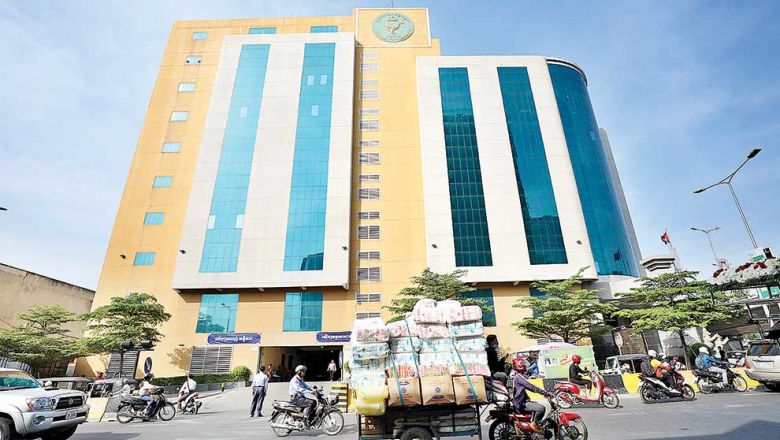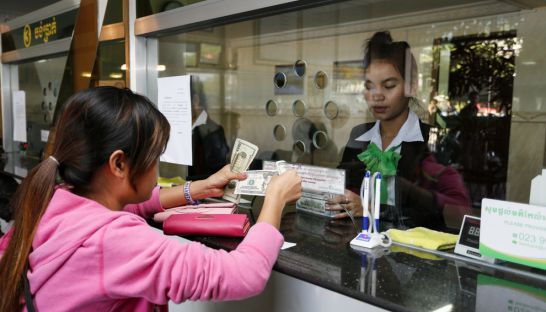Cambodia at low risk of debt distress: IMF
Cambodia at low risk of debt distress: IMF
Cambodia's external public debt is well within acceptable limits, but remains vulnerable to financial shocks such as export slowdowns or exchange rate fluctuations, the International Monetary Fund (IMF) said in its latest assessment of the Kingdom’s economy.
“Cambodia’s debt distress rating remains low with all debt burden indicators projected to remain below the respective thresholds,” the IMF said in a staff report for its 2015 Article IV consultation.
The debt-distress rating was determined as part of an IMF Debt-Sustainability Analysis and reflects the results of baseline projections and stress tests.
The analysis is intended to help international creditors tailor their financing terms while allowing borrowers to balance their need for funds with their ability to repay their debts.
According to the IMF report, Cambodia’s key indicators – including debt-to-GDP, debt-to-exports and debt-to-revenue – are projected to remain below their respective warning-level thresholds through 2035. It warned, however, that “large exchange rate or export shocks could potentially have a major impact on the debt dynamics”.
Cambodia currently has about $5.5 billion of external public debt, representing about 33 per cent of GDP, according to the World Bank. External debt disbursement is projected to average about $550 million annually over the next five years, or about 2.5 per cent of GDP.
Hiroshi Suzuki, CEO and chief economist at the Business Research Institute for Cambodia, said of the Kingdom’s external public debt is no cause for concern.
“The level of debt of Cambodia is one of the lowest among major developing countries,” he said.
By comparison, he noted, the debt-to-GDP ratio is 196 per cent for Greece, 61 per cent for Vietnam and 43 per cent for Thailand.
Cambodia’s low debt-distress rating signifies the country may still have room to borrow to finance its economic growth and large-scale infrastructure projects.
The government’s list of multilateral creditors includes the Asian Development Bank (ADB) and International Fund for Agricultural Development (IFAD). It has not borrowed from the IMF in over a decade, while the World Bank suspended all new lending to Cambodia in 2011 due to a lack of resolution for families forcibly evicted due to a World Bank-funded project.
Significantly, the share of bilateral debt in Cambodia’s total external public debt increased from 50 per cent in 2009 to about 70 per cent today.
This rapid growth reflects an increasing dependency on China as a creditor, with Beijing accounting for about 90 per cent of new bilateral loan disbursements during the past three years, according to the IMF report.
Economist Srey Chanthy said the heavy reliance on China – which typically offers a similar grace period and slightly higher interest rate than Western creditors – is due to its hands-off approach.
“China’s loans have no conditions or strings [whereas] bilateral loans from Western countries and Japan always have lots of requirements, including social and environmental safeguards,” he explained.
Chanthy said the Cambodian government could return to multilateral borrowing from the IMF and World Bank, but it also has a number of less-onerous options, such as continuing to borrow from the ADB and IFAD, or borrowing from the Chinese-led Asian Infrastructure Investment Bank.















